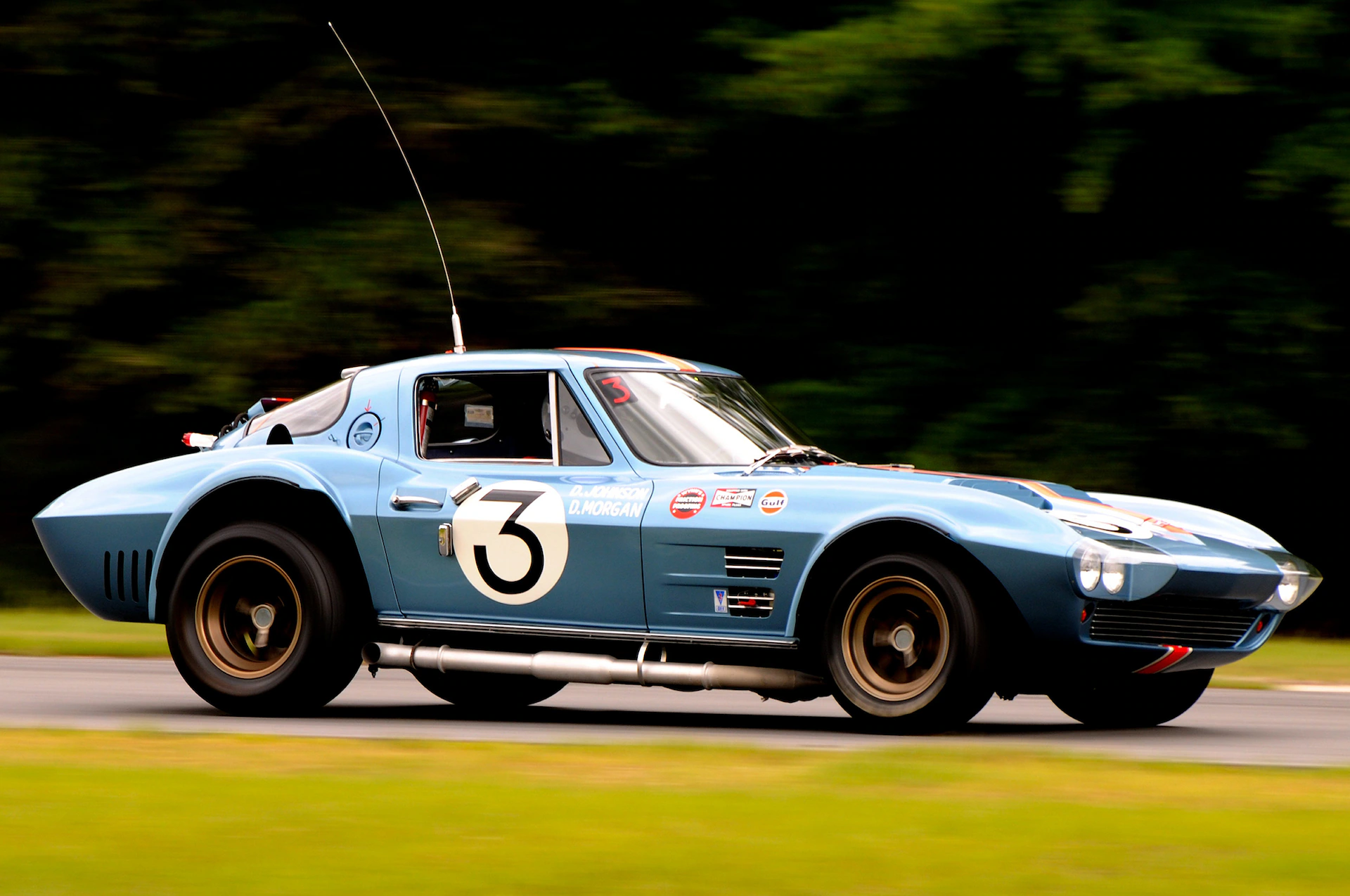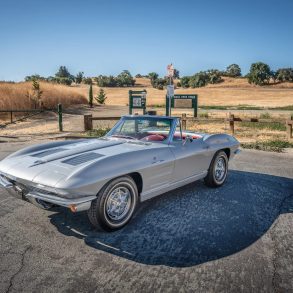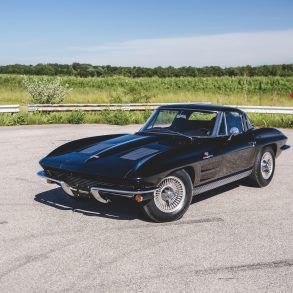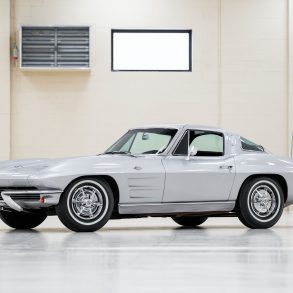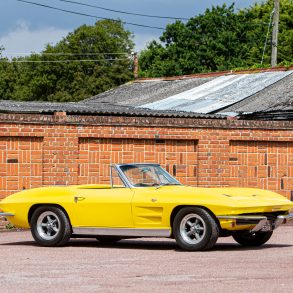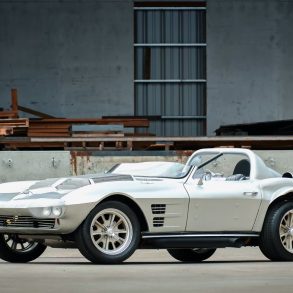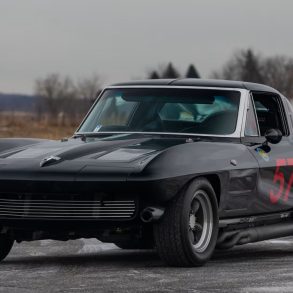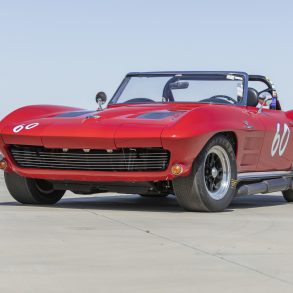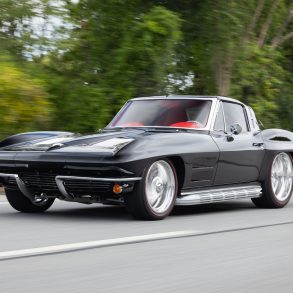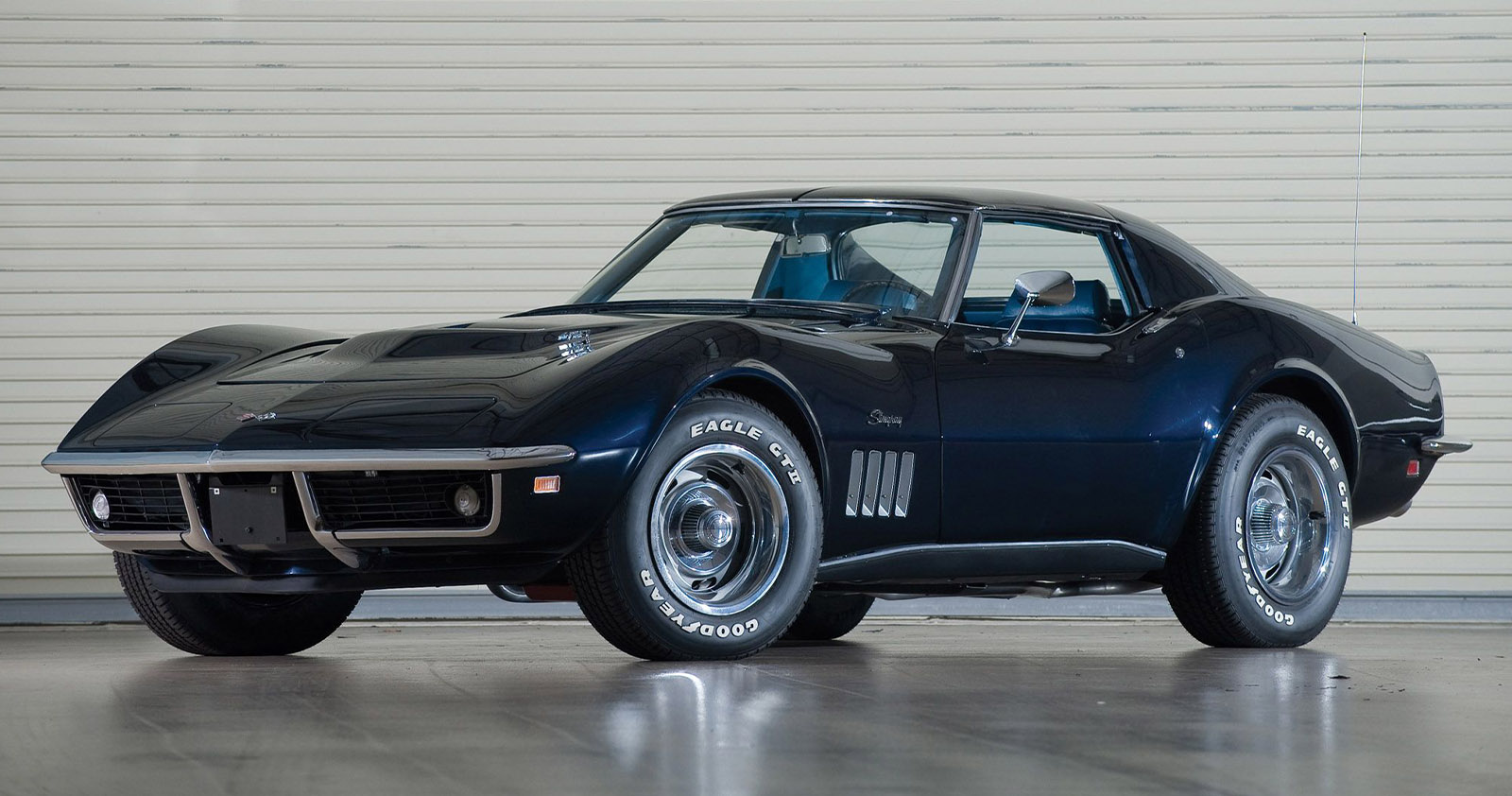The early 1960s was a time of innovation for the American automotive scene. The fierce competition between automakers in Detroit to see who could push the limits of performance further led to many breakthroughs on and off the track. It was a high-stakes game of cat and mouse between two automotive titans: Ford and General Motors. And when Carroll Shelby introduced a Ford-powered sports car dubbed Cobra, it was a game changer.
The Shelby Cobra, equipped with a 260-cubic-inch V8, weighed 1,000 pounds less than the upcoming C2 Sting Ray. However, General Motors was secretly developing a Corvette to compete in FIA endurance races, such as the renowned 24 Hours of Le Mans. They recognized that the 3,150-pound Corvette couldn’t take on Ford’s shiny new sports car. So the Corvette Grand Sport was born.
The Dawn of the Corvette Grand Sport
Our story begins with Zora Arkus-Duntov—the “father of the Corvette.” Duntov was an engineer from Russia, a racing driver, and just absolutely obsessed with cars. He saw huge potential in the Corvette and constantly fought for the transformation of the stylish cruiser into a real sports car. His ambitions quite often conflicted with the corporate stance of General Motors regarding participation in races. In 1957, the Automobile Manufacturers Association, of which GM was a member, outlawed factory-backed racing after a particularly horrific accident at Le Mans and to avoid antitrust problems.

This ban put a damper on Duntov’s official racing endeavors, but it couldn’t extinguish his competitive fire. Along comes Carroll Shelby and the Cobra. That Anglo-American hybrid, with its lightweight AC Ace body and powerful Ford V8, quickly became a force to be reckoned with, dominating the GT racing scene. The Cobra’s success stung Duntov. Although Duntov was fully aware that the Corvette had the potential to be faster, lighter, and more agile, he was constrained by corporate restrictions.
He needed a secret weapon, some sort of clandestine project that could take the fight to the Cobra without riling GM’s top brass. And thus, the Grand Sport was born. Duntov, with the covert support of Chevrolet General Manager Semon “Bunkie” Knudsen, embarked on a daring mission—a skunkworks project aimed at building the ultimate Corvette, a Cobra killer hidden in plain sight. They knew they were playing with fire, and their careers were on the line if found out. But the prospect of winning, to prove what the Corvette was capable of, was too hard to resist.
Project Lightweight

The Grand Sport, codenamed “Project Lightweight,” was a testament to Duntov’s engineering genius and his commitment to performance. The goal was simple: build a Corvette that was lighter, faster, and more agile than anything that had come before. They accomplished it with fierce determination. The body of the Grand Sport was crafted from paper-thin fiberglass, its chassis a lightweight yet rigid tubular frame. Where there wasn’t aluminum, there was magnesium; all in replacement for heavier steel and shedding precious pounds, the result of which was a car weighing a full 1,000 pounds less than the standard Corvette Stingray and up to 300-400 pounds lighter even from the Cobra.
But the Grand Sport wasn’t just about weight reduction. It boasted an all-aluminum fire-breathing 6.2-liter (377 cubic-inch) V8 engine fed by four massive Weber carburetors, churning between 485 and 550 horsepower. Suspension duties were all redesigned for racing duty with thinner A-arms, an aluminum steering box, and an aluminum differential. Stopping power came courtesy of Girling disc brakes, while Halibrand magnesium wheels shod in Firestone racing rubber provided grip.

The car’s aerodynamics were carefully considered too, with a tapered roofline, neatly integrated turn signals, and strategic venting to minimize drag. Inside, the Grand Sport was a Spartan affair, a minimalist cockpit focused on one thing: speed. Fiberglass seats, a teakwood steering wheel, and a few gauges completed the interior of the racing-focused machine.
The Grand Sport’s Finest Hour

The moment of truth for the Grand Sport came at the 1963 Nassau Speed Week. Duntov was confident in his creation, sending three Grand Sports to the Bahamas, ready to take on the Cobras. The result was a revelation. The Grand Sports, with some of the top drivers of the era behind the wheel, spanked the competition—lapping the Cobras well before the finish. Carroll Shelby himself admitted to being “outgunned.”. The Grand Sport’s performance was so dominant that A.J. Foyt would later say it passed him “like I was stopped.” The secret was out: the Corvette had a Cobra killer, and it was a force to be reckoned with.
The Grand Sport’s Legacy

The Nassau victory was short-lived for the Grand Sport. When GM executives found out about the clandestine racing program, they axed it. Citing the racing ban as being strictly enforced was the official narrative. However, it was most likely due to a mix of fear of antitrust action and a wish to maintain a conservative corporate image. Duntov was ordered to destroy the five Grand Sports that had been built, but in a move that sealed his legendary status, he had them sold to private owners instead to ensure their survival and the continuity of their racing legacy.
These privateers continued racing the Grand Sport, further sealing its reputation as giant killers. But even without the same factory support, the Grand Sports continued to win races and steal the hearts of racing fans. They became mythical creatures, whispered about in hushed tones, symbols of what could have been if GM had fully embraced its racing heritage. Today, all five original Grand Sports survive, residing in private collections and valued at millions of dollars.

More than just cars, they are pieces of automotive history, tangible proof of Duntov’s vision and his rebellious spirit. The Grand Sport is considered one of the best Corvettes ever made and its legacy lives on, not only in the hearts of collectors but also finds its modern counterpart in the Corvette Grand Sport models, carrying performance torches and celebrating a legend born in secrecy. The Grand Sport is a reminder that sometimes, the greatest achievements are born out of defiance, from the courage to challenge the status quo and push beyond the limits of what’s possible.


